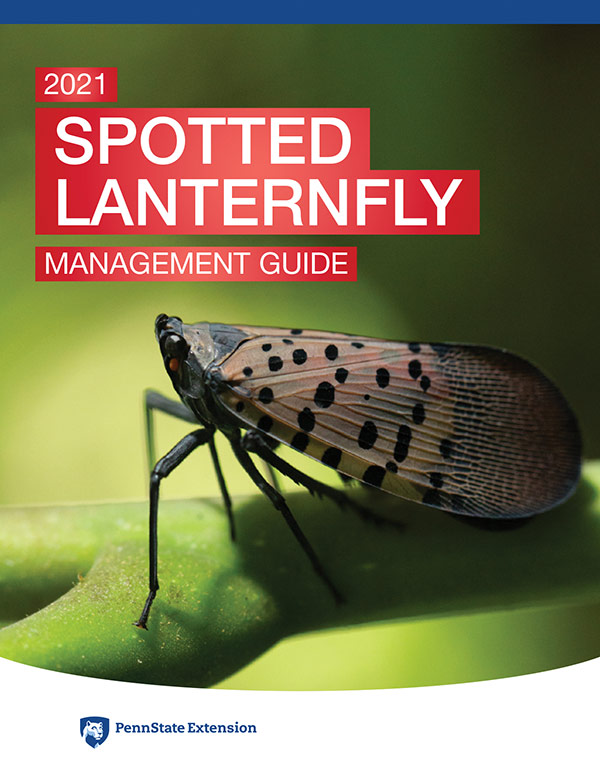Penn State Extension Releases Spotted Lanternfly Management Guide
 |
The first North American detection of the spotted lanternfly (SLF) was in Pennsylvania in 2014. Although the pest has continued to spread to other states in the Northeast and beyond since then, Pennsylvania remains ground zero for many of the efforts to combat the invader, with Penn State playing a lead role in partnership with the Northeastern IPM Center and other organizations and institutions throughout the region.
Penn State Extension recently published an SLF management guide. This comprehensive resource covers a broad array of topics related to SLF, including: “identification and life cycle; quarantine and distribution; host range, phenology, and damage; and management.”
Given that SLF is both a serious agricultural pest and a nuisance in residential settings—and that it spreads so effectively with unwitting help from humans—stopping SLF requires a coordinated effort from an engaged populace, and these resources may be of interest and value to anybody throughout the growing affected area. (See the regularly updated distribution map at www.stopslf.org/where-is-slf/slf-map/.)
The management guide is available as both a web page and a downloadable PDF at extension.psu.edu/spotted-lanternfly-management-guide.
The Northeastern IPM Center promotes integrated pest management for reducing risks to human health and the environment. If republishing our news, please acknowledge the source (“From Northeast IPM Insights”) along with a link to our website.
